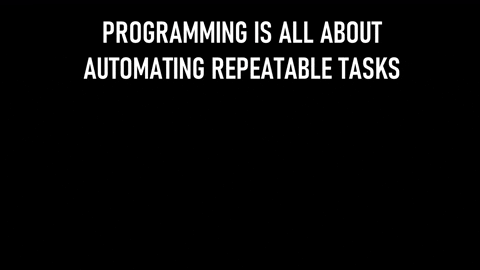Matplotlib Violin Plot – Tutorial and Examples
Introduction There are many data visualization libraries in Python, yet Matplotlib is the most popular library out of all of them. Matplotlib’s popularity is due to its reliability and utility – it’s able to create both simple and complex plots with little code. You can also customize the plots in a variety of ways. In this tutorial, we’ll cover how to plot Violin Plots in Matplotlib. Violin plots are used to visualize data distributions, displaying the range, median, and distribution […]
Read more

